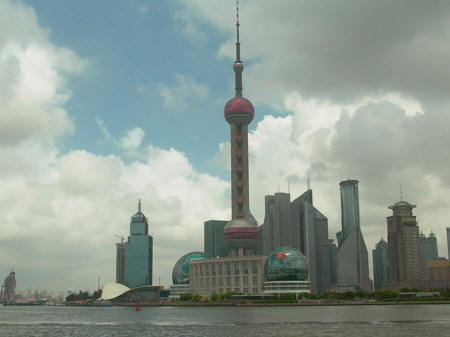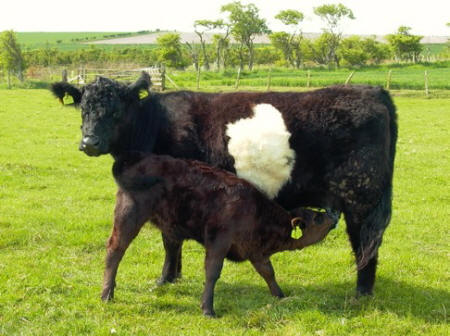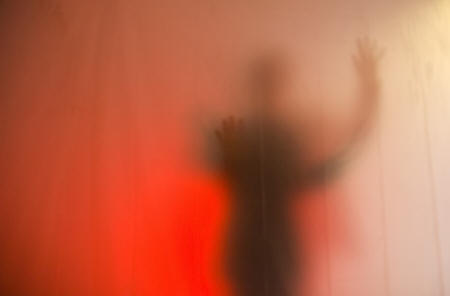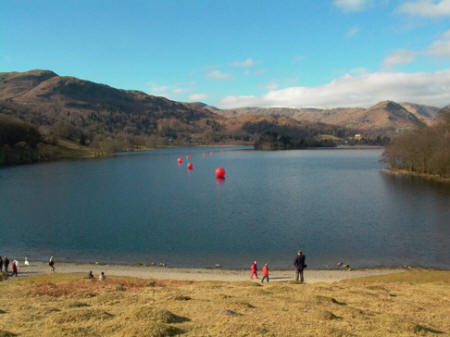|
|
| home | features | exhibitions | interviews | profiles | webprojects | gazetteer | links | archive | forum |
|
Radical Ruralism: a retort Steve Messam responds to the essay Radical Ruralism: place, landscape and rurality in Contemporary Art. Steve Messam is based in Cumbria, and was founder of FRED and of FOLD gallery. He is currently showing in the Tatton Park Biennial.
Radical: defn: departing from tradition; innovative or progressive.While I mostly subscribe to the premises of Radical Ruralism as a concept, the name suggests a deviation from normal rural artistic practice. However I would suggest that the utilisation of rural assets to create a distinctive voice is a long-standing tradition. Traditions need not be stuck in the past but can comfortably evolve with the times to maintain their relevance.
The manipulation of landscapeTo an artist living rurally, the landscape is a very big part of day to day existence. It is no surprise that the landscape plays a big part in rural art. The daily surroundings and cultural environment affect all artists. You cannot help but be affected by your environment because you are part of it. More than just a set of 'visuals', the environment is the product of collective consciousness and existence, each informing and influencing the other. Yet despite its everyday presence, the rural landscape rarely becomes wallpaper. The landscape is something you live in, and amongst. Itís a living, moving beast with its own moods and peculiarities. The relationship with the landscape is far deeper than the touristís Ďgazeí. What lies beneath is something infinitely more complex and interesting.
Art in any medium is a communication tool. Through it an artists tries to express and communicate ideas and experiences using the tools they feel most comfortable with in a way not possible in other media. The tools, ideas and experiences of artists anywhere is largely dictated by their environment. Living rurally the landscape is going to influence your work. Itís an inevitability. Gallery as urban constructWhat frequently bothers me most about the art establishment is the presumption that art belongs in a gallery. A few years ago I was at a meeting in London with the UK's cream of galleries and curators. The phrase being bounded around at the time was one of Ďoff siteí works. To them, off site was somewhere else. Somewhere scary and unpredictable. Terra incognito. Galleries were where you saw art. Itís safe there. We know where it is and how you get to see it. Off site was away from home. Putting art where it didnít belong. I had a big problem with that. The gallery is an urban construct and things happen indoors in the urban. Its a safe environment with predictable outcomes. The gallery as a construct is on one level invisible. A non-place where art is allowed to flourish uninterrupted. Like film in a cinema. It has a purity within its own microcosm. But this has its downfalls. Along with the concept that art belongs in a gallery comes the subconscious parallel of thinking - if its in a gallery it must be art. For me, one of the biggest problems with late 20th and early 21st century urban art is that it has become too much about the gallery. My view of rural art is that it removes the need for a gallery to exist. That way of seeing art, experiencing culture just doesnít happen rurally. There are no galleries, or cinemas or theatres for that matter. The gallery just isnít in the cultural reference points of a rural artist. This doesnít make rural art Ďbackwardsí. Quite the opposite. Rural art is less obvious. More robust and less dependent on the predictability of a gallery environment. The rural potential is a far more exciting, and limitless in its possibilities. (right: Balls to Grassmere (2005)) Artificiality of the urbanUrban centres are a much more obviously manmade. As a built environment everything is built to undertake its own purpose. Itís like apps for an iPhone. Want a cultural experience? Thereís a building for that. The result is an artificial utopia - or at least thatís the general idea. In fact, thereís little real difference between urban and rural environments. Both have practicality at the core of their design. They need to function the best they can while acknowledge that it canít do everything for everyone at once. What separates the rural and urban are their values. And because the values are different, the cultures are different. One isnít better or more advanced than the other. They are just different. (picture below: Pudong, Shanghai (2006)) 
Is the Urban becoming more Rural?Culture and collective conscience donít live in a vacuum. They are fluid and evolving. So too are rural and urban cultural values. The preoccupation with the landscape (and being 'at one' with it) is starting to seep back into urban mindsets. There is a steady move away from the white cube. Alternative spaces are being explored in cities - albeit in a gallery-like way. Performance art shows that theatre does not have the monopoly on live performance. Film and motion pictures continue to explore new virtual avenues away from the confines of the cinema. Cities are creating their own new (artificial) landscapes. The role of architecture has for many assumed the role normally associated with art - that of inspiring emotional responses. City skylines are becoming the focus of aesthetic decisions. Cities are now being designed as the rural landscape was in the 18th century - as a symbol of wealth and aspiration. The fact that the work of UK rural artists donít conform to the predictability of the London-centric UK artworld merely bolsters its independence. As a product of complex and deeply rooted cultural values, itís not easy for urban audiences to Ďget ití in the way rural audiences do. You donít have to be a born and bred rural artist to understand the values, but similarly importing urban artists into a rural enclave for a few weeks wonít produce rural art either - probably just an artificial one. The distinction remains that rural and urban cultures are just different. Where the urban is about artifice and constructs (building its own utopia), rural radicalism is about depth and reality (being part of its own imperfect utopia).
Steve Messam - June 2010 |
|
|


 The
separation between the urban and rural perspective of
landscape is demonstrated by windfarm
planning applications. Those who see the landscape purely in
aesthetic terms usually abhor the concept of
turbines on the fells. Those who have a deeper understanding
of the landscape - and in particular those whose livelihoods
depend on what the landscape produces - have a less black
and white response. In the UK in particular there is very
little true wilderness. The landscape is the product of
centuries of agriculture and industry. Land has been moved, moulded and divided in an endless quest to wring it dry. In
that respect, landscapes are crafted by hand. There is very
little that is truly natural. It has taken years of effort
to create the myth of the effortless rural idyll.
The
separation between the urban and rural perspective of
landscape is demonstrated by windfarm
planning applications. Those who see the landscape purely in
aesthetic terms usually abhor the concept of
turbines on the fells. Those who have a deeper understanding
of the landscape - and in particular those whose livelihoods
depend on what the landscape produces - have a less black
and white response. In the UK in particular there is very
little true wilderness. The landscape is the product of
centuries of agriculture and industry. Land has been moved, moulded and divided in an endless quest to wring it dry. In
that respect, landscapes are crafted by hand. There is very
little that is truly natural. It has taken years of effort
to create the myth of the effortless rural idyll.
